Windows updates are designed to operate smoothly, keeping your system secure and up-to-date without much user intervention. However, sometimes errors occur that interrupt this process. One such error is the 0x800f0922 error code, which might appear due to issues like a lack of connection to the Windows Update servers, insufficient space in the system reserved partition, corrupted system files, disabled .NET Framework features, or corrupted cache data. Fortunately, this error is well-understood and can be resolved using several methods. In this guide, we'll walk you through these solutions to help you fix the Windows 11 Update Error 0x800f0922.
1. Repair corrupted system files
Corrupted system files can cause various issues, including update errors. These corruptions might occur due to incomplete updates, improper uninstallation of applications, or malware infections. Fortunately, Windows provides built-in tools like DISM and SFC to scan and repair these files.
Step 1: Open the Terminal with administrative privileges. Click on the Start menu and type Terminal. Right-click on the Terminal app from the search results and select Run as administrator.
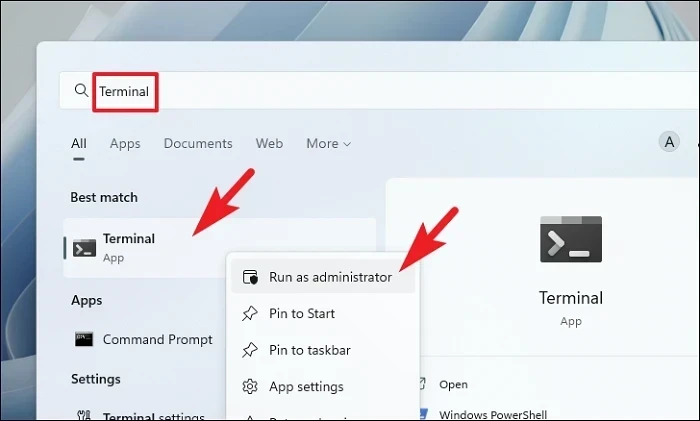
Step 2: If prompted by User Account Control (UAC), click Yes to grant administrative access.

Step 3: In the Terminal window, open the Command Prompt. Click on the downward-facing chevron arrow at the top and select Command Prompt.

Step 4: Run the Deployment Image Servicing and Management (DISM) tool by typing the following command and pressing Enter:
DISM /Online /Cleanup-Image /RestoreHealth
This command checks for corruption in the Windows image and repairs it if necessary.
Step 5: After the DISM tool completes its process, run the System File Checker (SFC) by typing the following command and pressing Enter:
SFC /scannow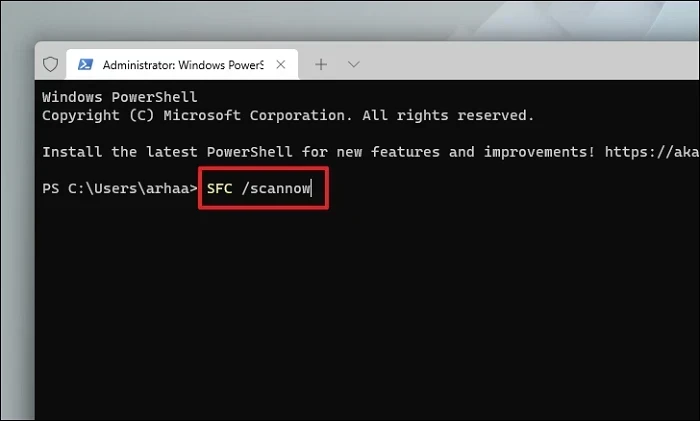
This command scans all protected system files and replaces corrupted files with a cached copy.
Step 6: Once the scan is complete, close the Command Prompt and restart your computer. After rebooting, try updating Windows again to see if the error persists.
2. Reset Windows Update service
Sometimes, the Windows Update service might encounter issues due to interference from third-party applications or system processes. Restarting the service can help resolve these issues.
Step 1: Open the Terminal as an administrator. Click the Start menu, type Terminal, right-click on it, and choose Run as administrator.
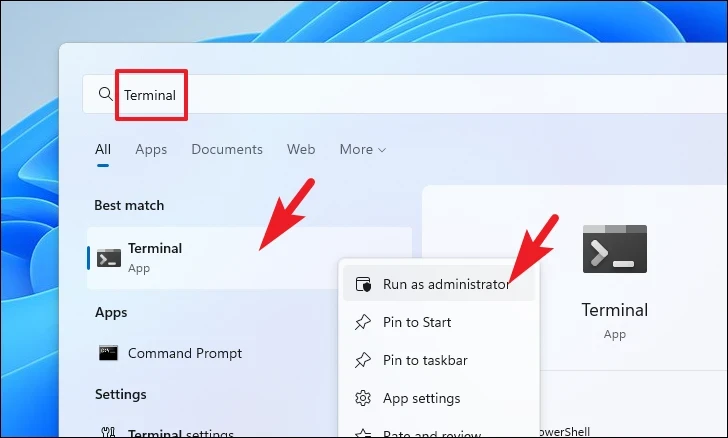
Step 2: Approve the UAC prompt by clicking Yes.
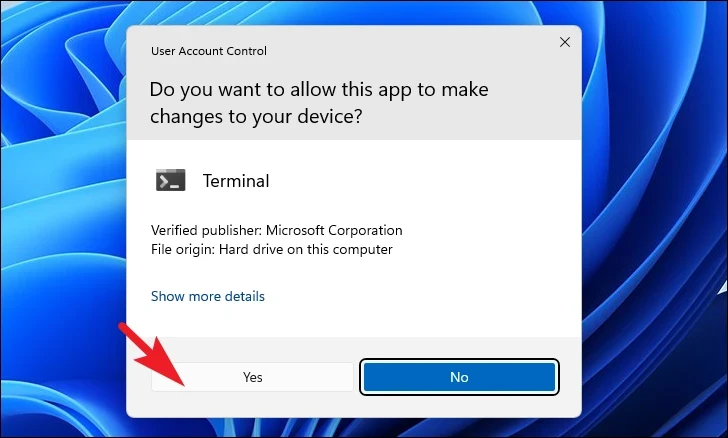
Step 3: Open the Command Prompt within the Terminal. Click the chevron arrow and select Command Prompt.
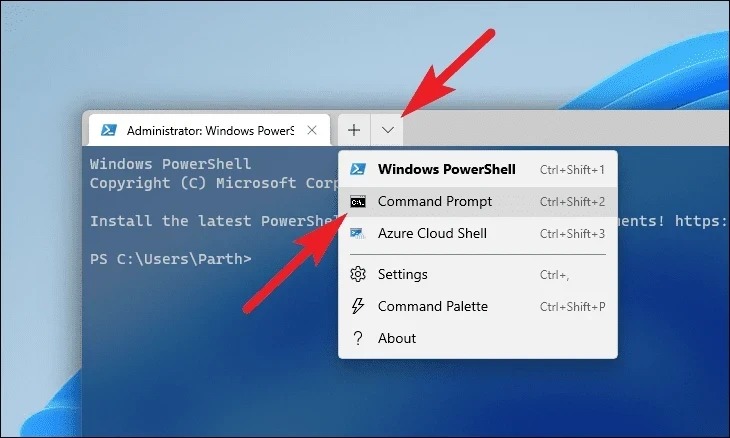
Step 4: Stop the Windows Update services by typing the following commands one by one, pressing Enter after each:
net stop bitsnet stop wuauservnet stop cryptsvc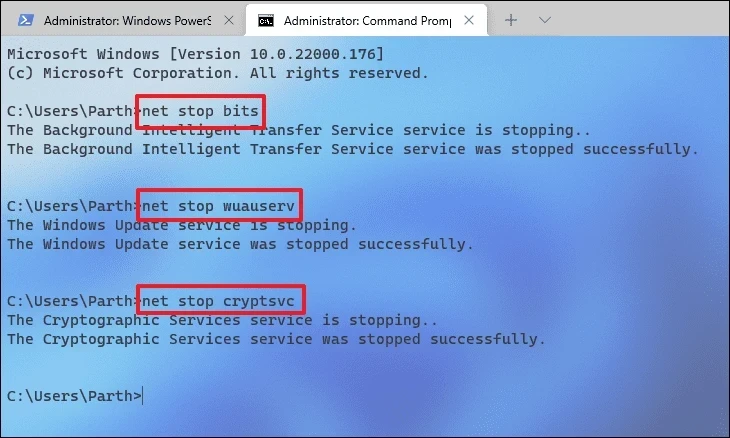
Step 5: Press Windows + R to open the Run dialog box. Type or paste C:\Windows\SoftwareDistribution\DataStore and click OK.
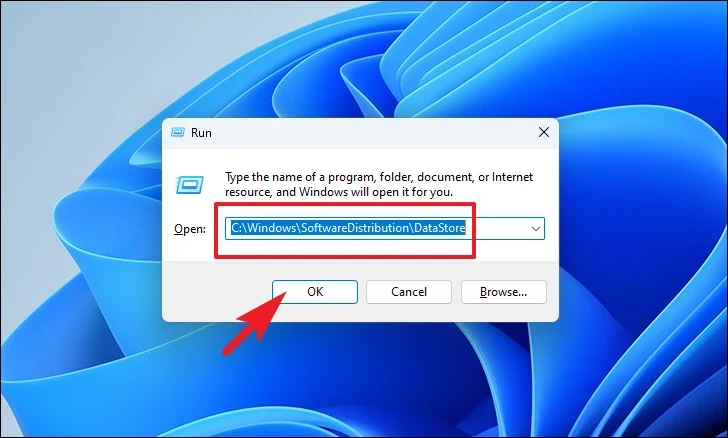
Step 6: In the opened folder, press Ctrl + A to select all files and folders. Then, press Shift + Delete to permanently delete them. Confirm any prompts that appear.
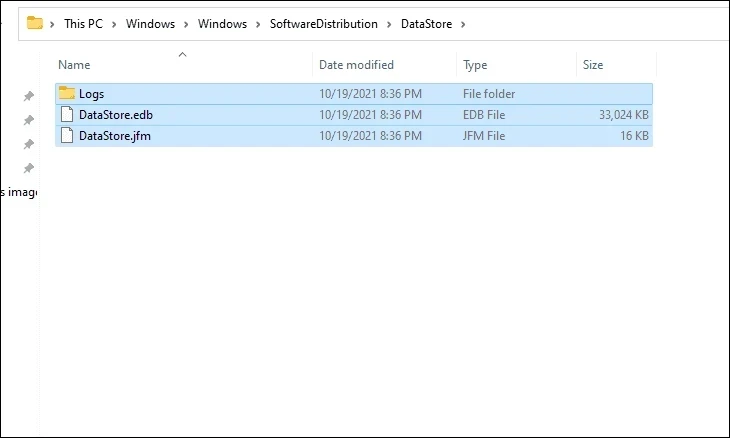
Step 7: Go back to the Command Prompt and restart the services by typing the following commands, pressing Enter after each:
net start bitsnet start wuauservnet start cryptsvc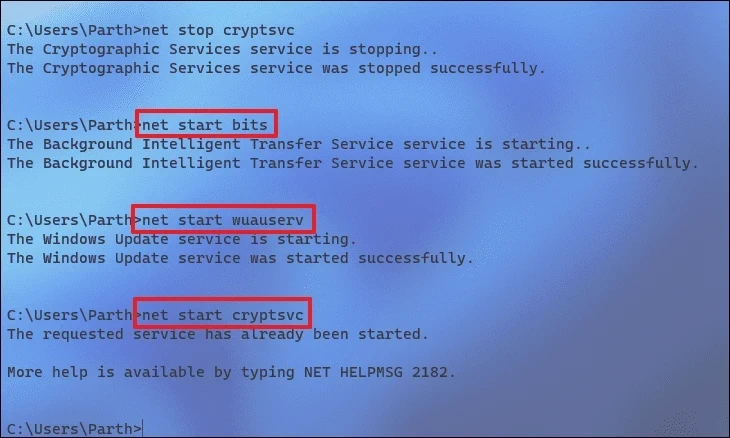
Step 8: Restart your computer and attempt to run Windows Update again.
3. Run Windows Update troubleshooter
Windows includes a built-in troubleshooter that can automatically detect and fix common update issues.
Step 1: Open Settings by clicking the Start menu and selecting the Settings icon.

Step 2: In the Settings window, ensure you're on the System tab.
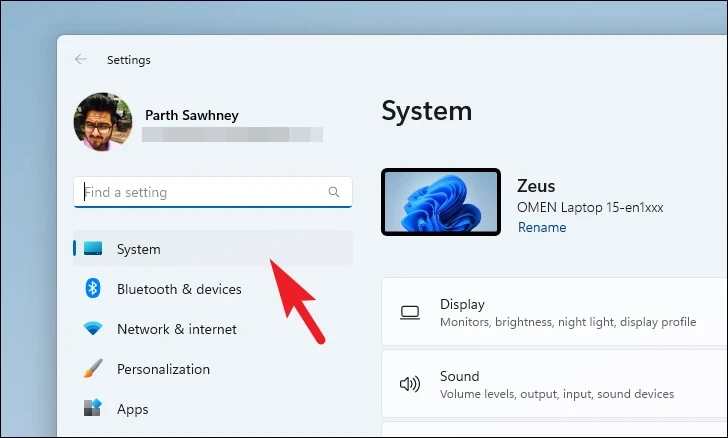
Step 3: Scroll down and click on Troubleshoot from the list of options.
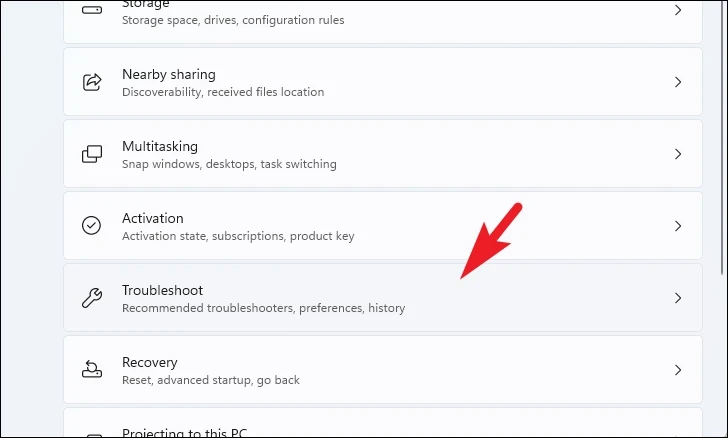
Step 4: Click on Other troubleshooters.
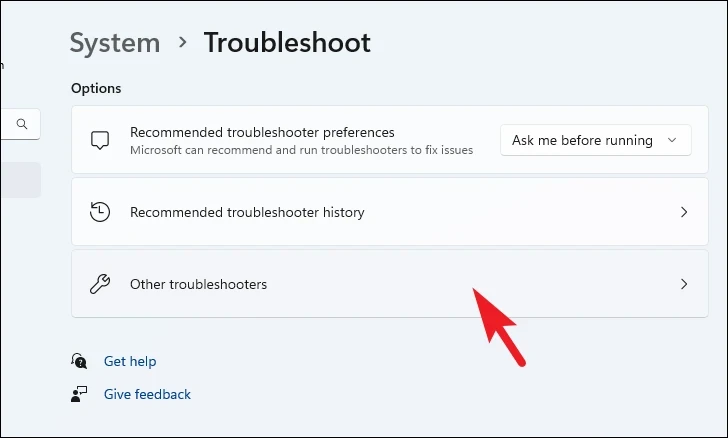
Step 5: Find the Windows Update troubleshooter and click on the Run button next to it.

Step 6: The troubleshooter will start detecting issues. If any problems are found, it will attempt to fix them automatically. Once completed, you can view more details by clicking on View detailed information.
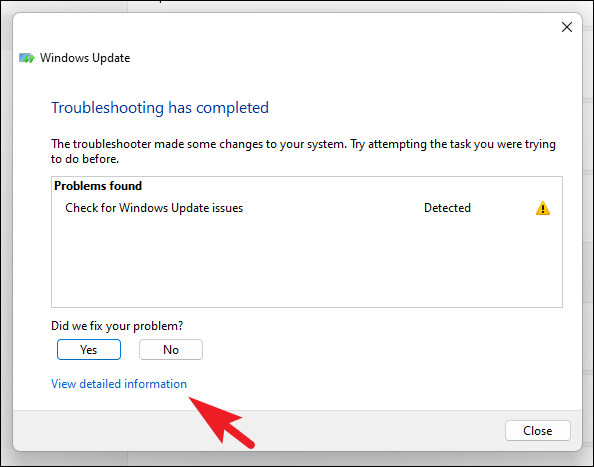
Step 7: After the troubleshooting process, try running Windows Update again to see if the issue is resolved.
4. Re-enable .NET Framework 3.5
At times, issues with the .NET Framework can cause update errors. Re-enabling .NET Framework 3.5 might help resolve the problem.
Step 1: Open the Windows Features dialog. Click on the Start menu and type Windows Features. Then, select Turn Windows features on or off from the search results.
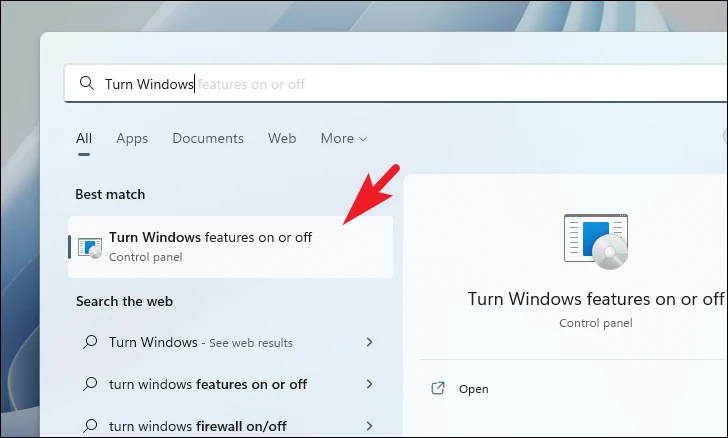
Step 2: In the Windows Features window, find .NET Framework 3.5 (includes .NET 2.0 and 3.0) and check the box next to it. Then, click on the + sign to expand it.
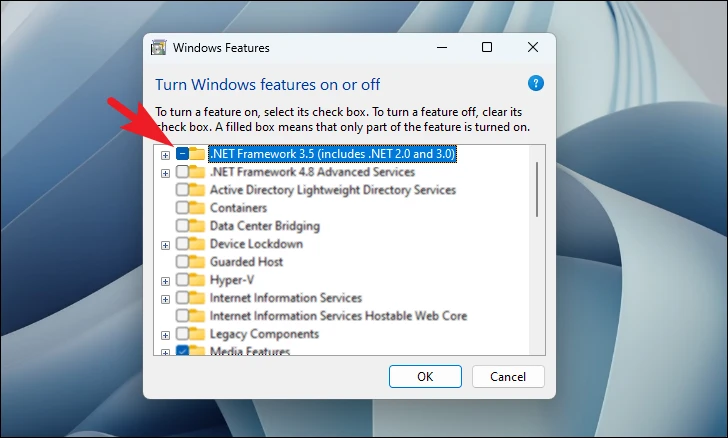
Step 3: Ensure that all sub-features under .NET Framework 3.5 are checked. Next, locate .NET Framework 4.8 Advanced Services and expand it by clicking the + sign.

Step 4: Check all options under .NET Framework 4.8 Advanced Services. Once all relevant features are selected, click OK to apply the changes.

Step 5: Windows will install the selected features. After the process completes, restart your computer and check if the update error has been resolved.
5. Reset Update Installer counter
The Windows Update installer uses a performance counter known as PerfCounterInstaller. If this becomes corrupted, resetting it can fix the update error.
Step 1: Open the Terminal with administrative rights. Click the Start menu, type Terminal, right-click on it, and select Run as administrator.
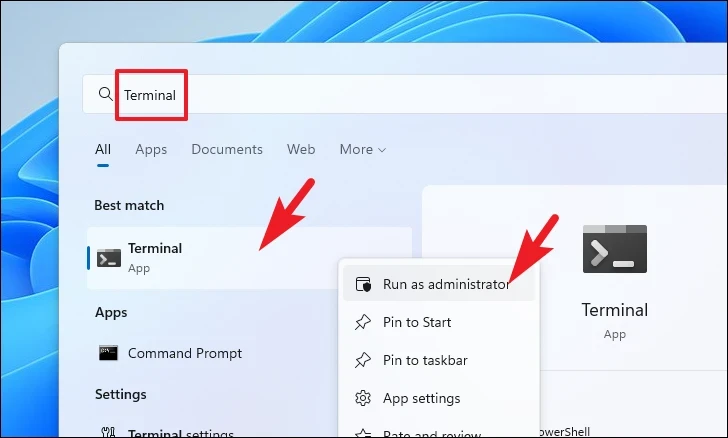
Step 2: Approve the UAC prompt by clicking Yes.
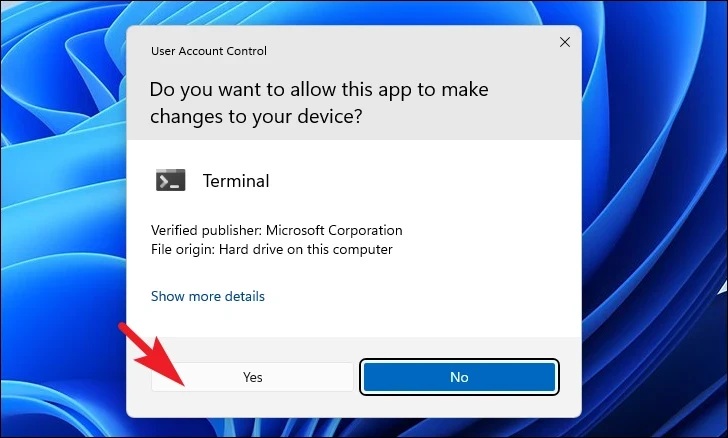
Step 3: Open the Command Prompt within the Terminal. Click the chevron arrow and select Command Prompt.
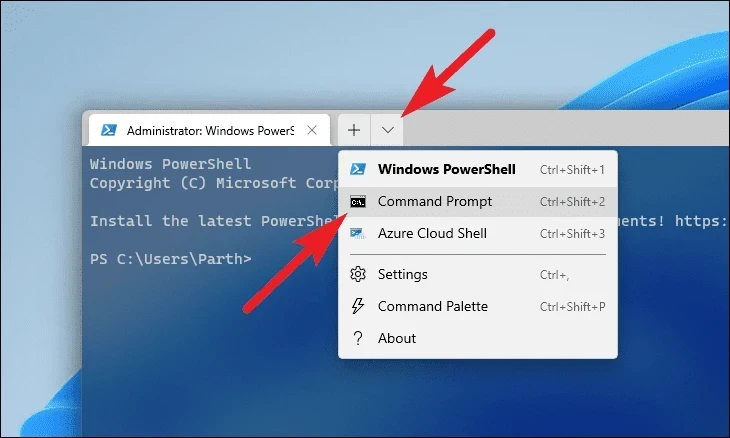
Step 4: Reset the performance counter by typing the following command and pressing Enter:
lodctr /R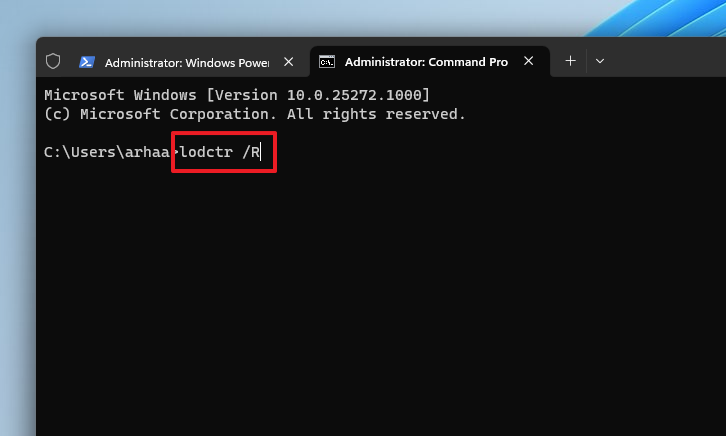
Step 5: Next, synchronize the performance counters with Windows Management Instrumentation (WMI) by entering the following command and pressing Enter:
winmgmt.exe /RESYNCPERF
Step 6: After executing the commands, restart your computer and check if the Windows Update error has been fixed.
6. Reset the Transactional Resource Manager
The Transactional Resource Manager manages file system transactions. Corruption in its logs can cause update errors. Resetting it can help resolve the issue.
Step 1: Open the Terminal as an administrator. Click on the Start menu, type Terminal, right-click it, and select Run as administrator.
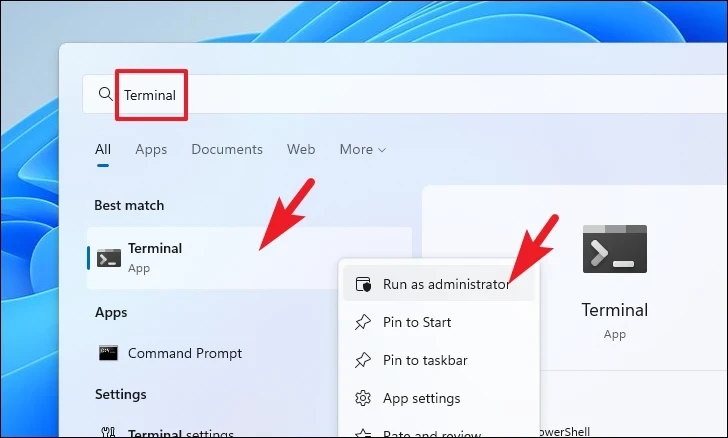
Step 2: Approve the UAC prompt by clicking Yes.

Step 3: Open Command Prompt within the Terminal by clicking the chevron arrow and selecting Command Prompt.
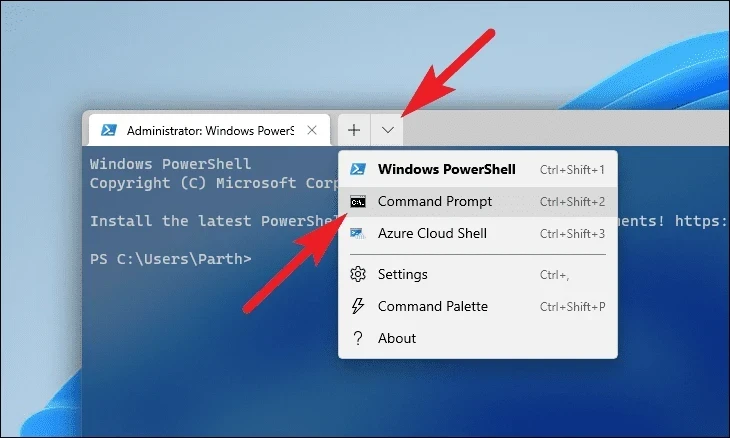
Step 4: Reset the Transactional Resource Manager by typing the following command and pressing Enter:
fsutil resource setautoreset true C:\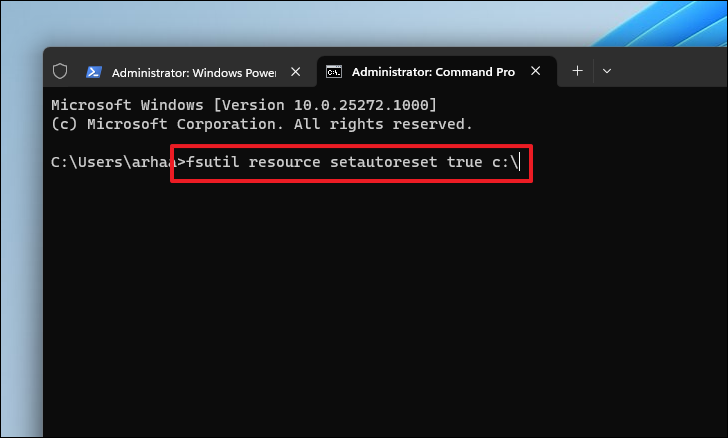
Step 5: After the command executes successfully, restart your computer and try updating Windows again.
7. Manually install the update
If the update continues to fail through Windows Update, you can manually download and install it from the Microsoft Update Catalog.
Step 1: Open your web browser and go to the Microsoft Update Catalog website.
Step 2: In the search bar, enter the Knowledge Base (KB) number of the failed update and press Enter.

Step 3: From the list of results, find the update that matches your system architecture (usually labeled as x64-based Systems) and click on it to view details.

Step 4: Verify that the update is compatible with your operating system version. Then, go back to the previous page and click on the Download button next to the update.
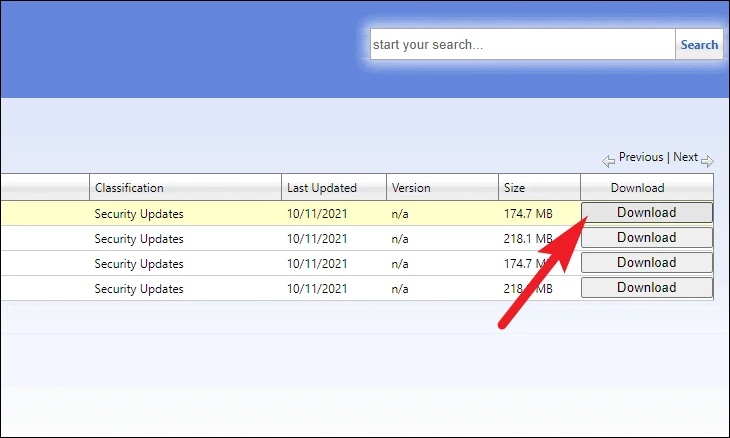
Step 5: A new window will open. Right-click on the download link and select Save link as....

Step 6: Choose a location on your computer to save the update file and click Save.

Step 7: Once the download is complete, navigate to the download location and double-click on the update file to install it.

Step 8: Follow the on-screen instructions. When prompted, click Yes to begin the installation.

Step 9: Wait for the installation to complete. Then, restart your computer and check if the update has been successfully applied.
8. Manually enable the App Readiness service
The App Readiness service prepares applications when a user signs in. Enabling this service might help resolve the update error.
Step 1: Open the Services application. Click on the Start menu and type Services. Select the Services app from the search results.

Step 2: In the Services window, scroll down to locate App Readiness. Double-click on it to open its properties.
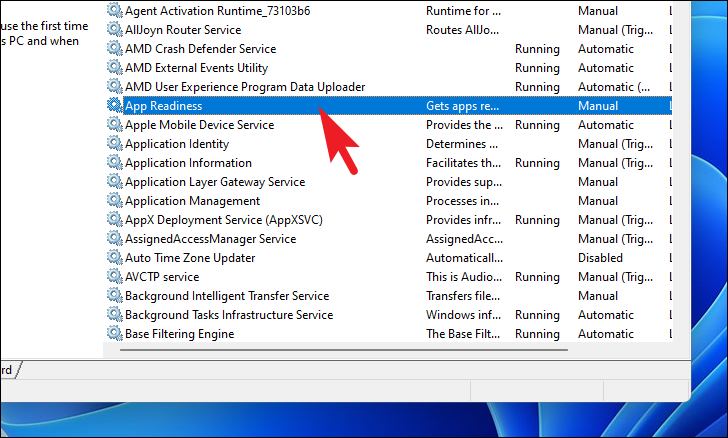
Step 3: In the properties window, set the Startup type to Manual from the drop-down menu.
Step 4: Click Apply, then OK to save the changes.
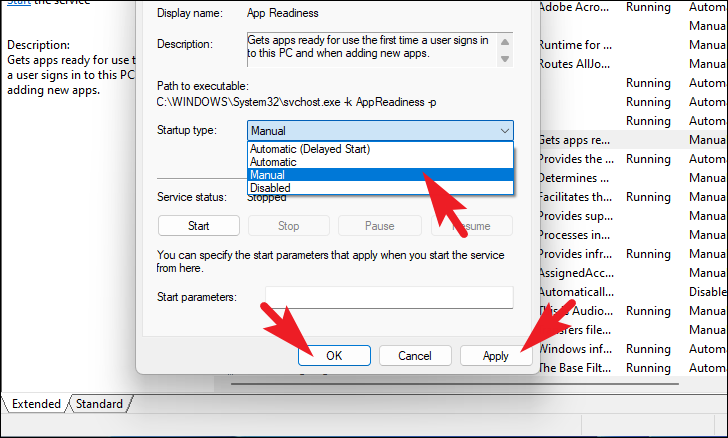
Step 5: Restart your computer and attempt to run Windows Update again.
9. Reset your PC
If none of the above methods work, resetting your PC might be the last resort. This process reinstalls Windows but allows you to keep your personal files.
Step 1: Open Settings by clicking on the Start menu and selecting the Settings icon.

Step 2: In the Settings window, ensure you're on the System tab.
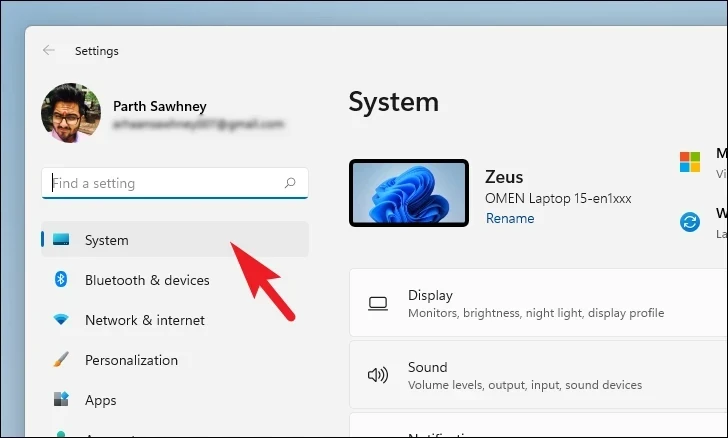
Step 3: Scroll down and click on Recovery.
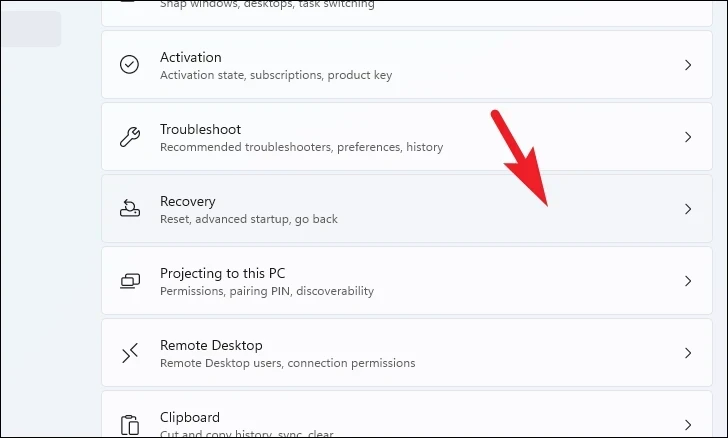
Step 4: Under the Reset this PC section, click on Reset PC. A new window will open.

Step 5: Choose Keep my files to retain your personal files while removing apps and settings. If you prefer to remove everything, select Remove everything.

Step 6: Choose the reinstallation method. Selecting Cloud download will download a fresh copy of Windows from the internet (requires at least 4 GB of data). Alternatively, choose Local reinstall to use the existing Windows files on your PC.
Note: The Cloud download option requires an active internet connection and may consume significant data.

Step 7: Review the current settings. If you need to change any options, click on Change settings.
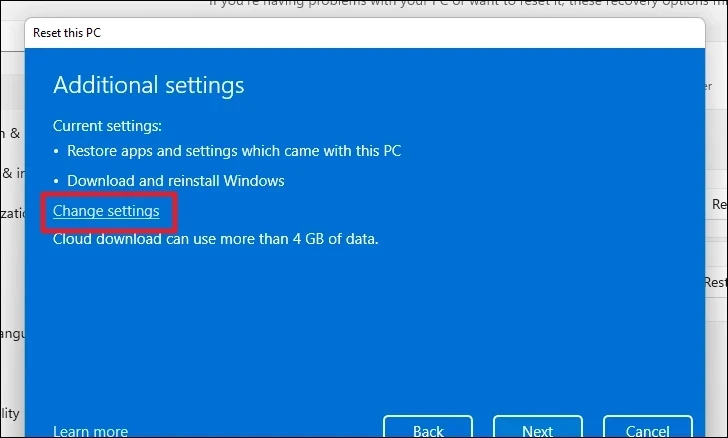
Step 8: Adjust the settings as needed, such as restoring preinstalled apps or wiping data from all drives. Click Confirm when done.

Step 9: Click Next to proceed with the reset process.

Step 10: If you receive a warning about recent updates, click Next to continue.

Step 11: Review the summary of actions that will be performed. When you're ready, click Reset to start the reset process.

Your PC will restart and begin the reset. Once complete, you should be able to use Windows Update without encountering the error.
Encountering the Windows 11 Update Error 0x800f0922 can be frustrating, but by following these methods, you should be able to resolve the issue and keep your system up-to-date.


